Author: Halton
-
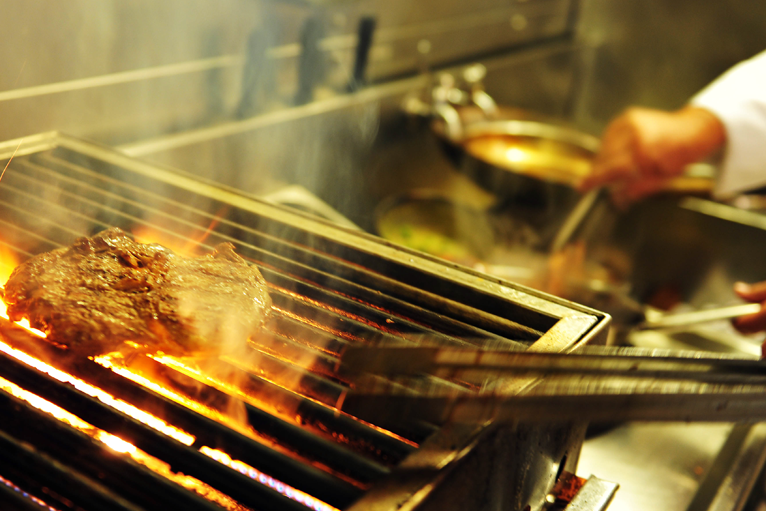
What you should know about kitchen ventilation when designing for Solid Fuel Cooking
Your Comprehensive Guide for Kitchen Ventilation Design of Solid Fuel Cooking. Of all the commercial kitchen ventilation designs, solid fuel cooking presents some significant challenges. The design should consider not only source capture, but mitigation of fire risk and system maintenance when designing. Several important factors must be considered. Here are some key points to…
-
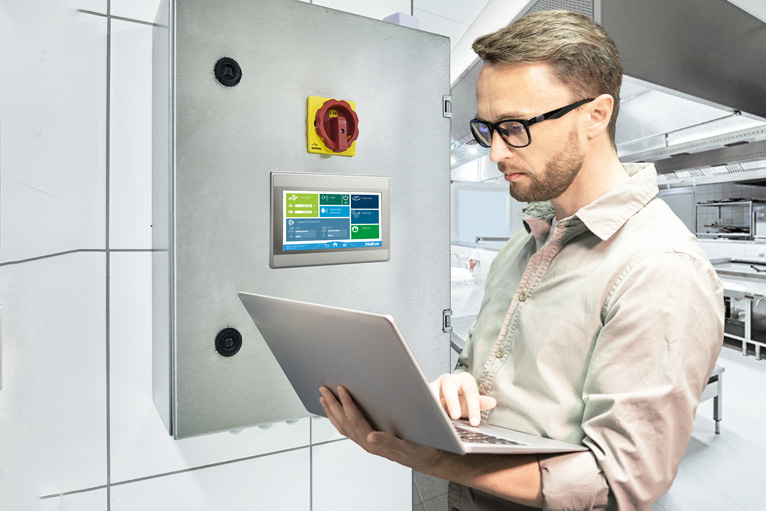
How Might ‘Big Data” be Used to Improve Commercial Kitchen Operations?
The pace of technological advancements in commercial kitchens is increasing. They are driven by connectivity and IoT (Internet of Things) platforms collecting vast amounts of data. How can this data be analyzed and put to good use by the operator? Operators can leverage data in commercial kitchens to optimize operations, improve efficiency, enhance customer experiences,…
-
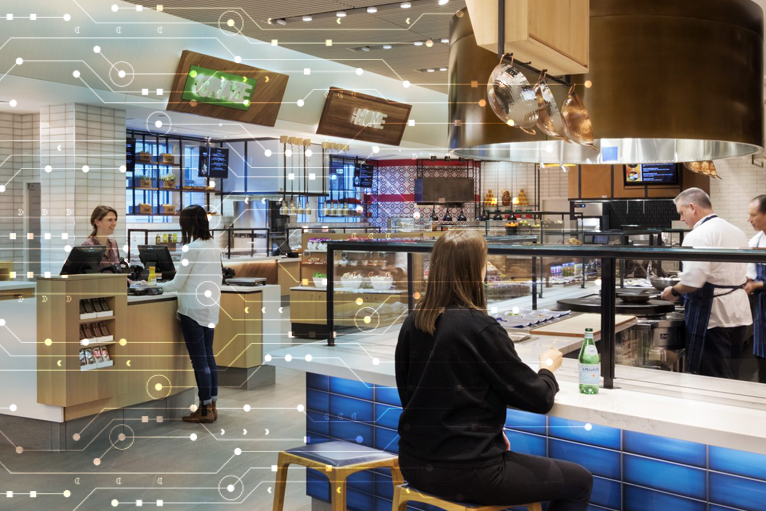
Technology in Commercial Kitchens, What Does the Future Hold?
The future of commercial kitchen technology is expected to be driven by advancements in automation, connectivity, sustainability, and enhanced user experience. Early adopters are seeing improvements in several areas of food service operations. A companion blog will explore how data may be leveraged to improve operations and customer experience. Here are some key trends and…
-
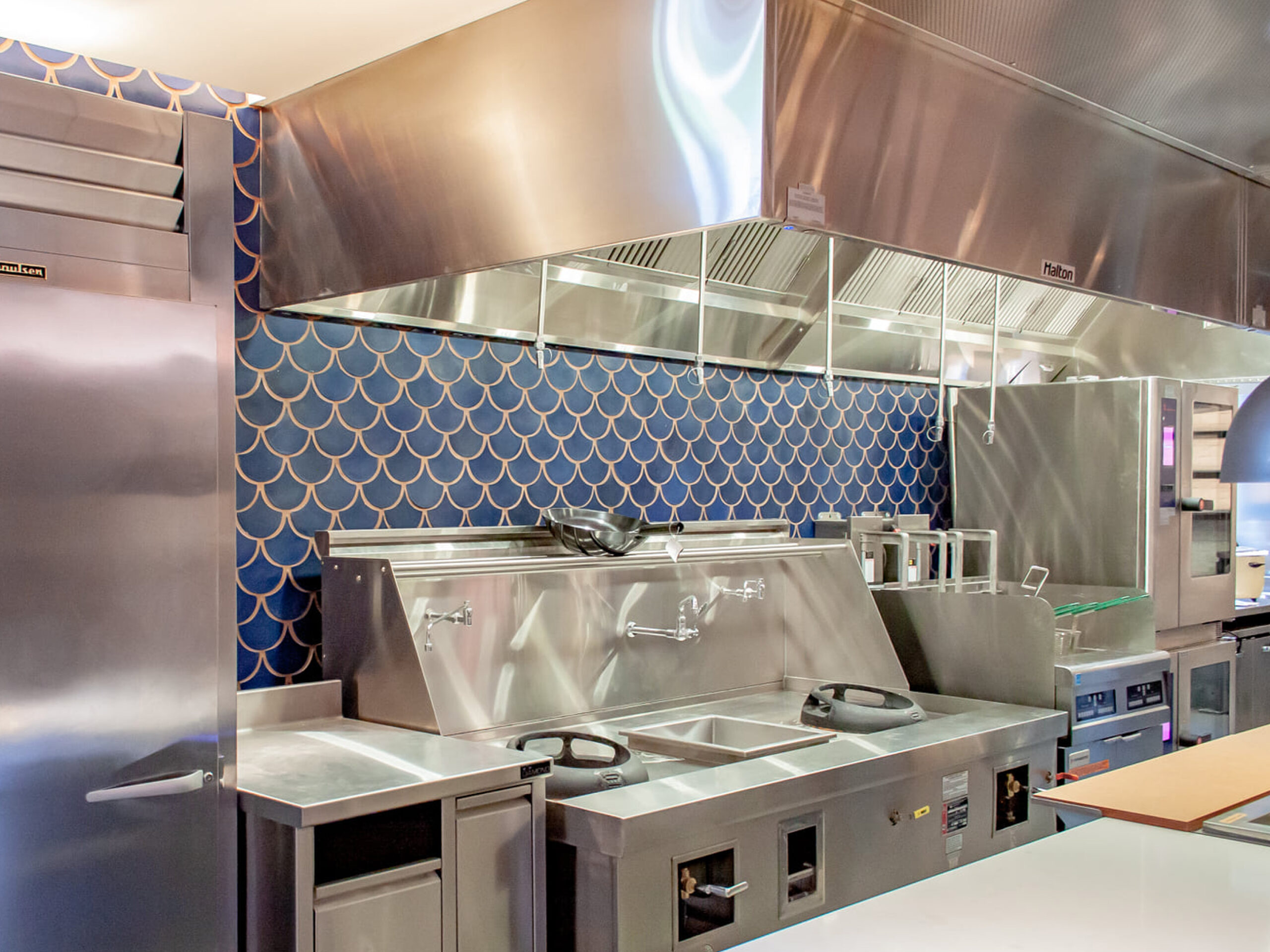
How NFPA 96 (National Fire Protection Association) and IMC (International Mechanical Code) Chapter 5 intersect.
NFPA 96 (National Fire Protection Association) and IMC (International Mechanical Code) Chapter 5 both play significant roles in regulating commercial kitchen ventilation systems. While they are separate documents, they often complement each other and address different aspects of commercial kitchen ventilation. NFPA 96 establishes standards for the installation of commercial kitchen ventilation systems and fire…
-
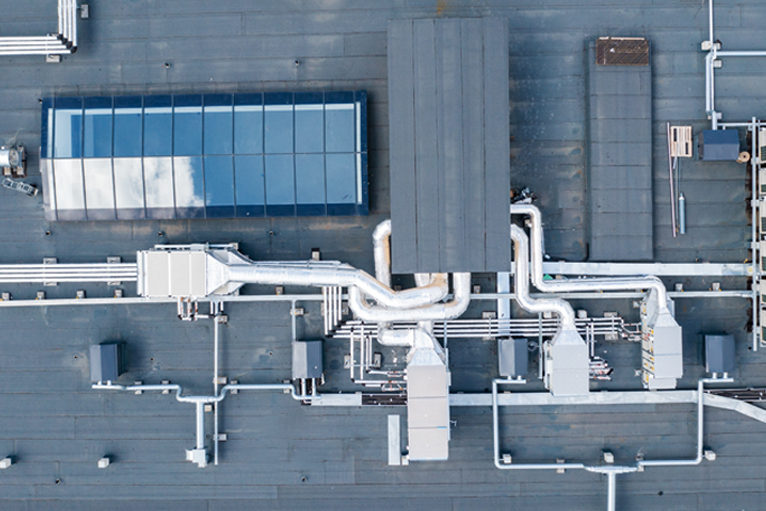
Exploring Make Up Air Unit Gas Heaters: Understanding the Differences Between Direct and Indirect Fired Systems
Outside air in some climates require heating in the winter. Direct gas-fired and indirect gas-fired heaters are the two most popular means of heating incoming outside air. The purpose of the make up air units is to provide fresh air to buildings to compensate for the exhaust of the kitchen hood. The International Mechanical Code…
-

What is Carbon Neutral, and What Does it Look Like in Practice for a Commercial Kitchen?
What is carbon neutral, and what does it look like in practice for a commercial kitchen? Many foodservice operators are recognizing the importance of minimizing their environmental footprint. Resources, such as energy, foodstuffs, and waste disposal, are under price and logistical pressure. It makes sense to carefully examine how an operation can utilize these resources…
-
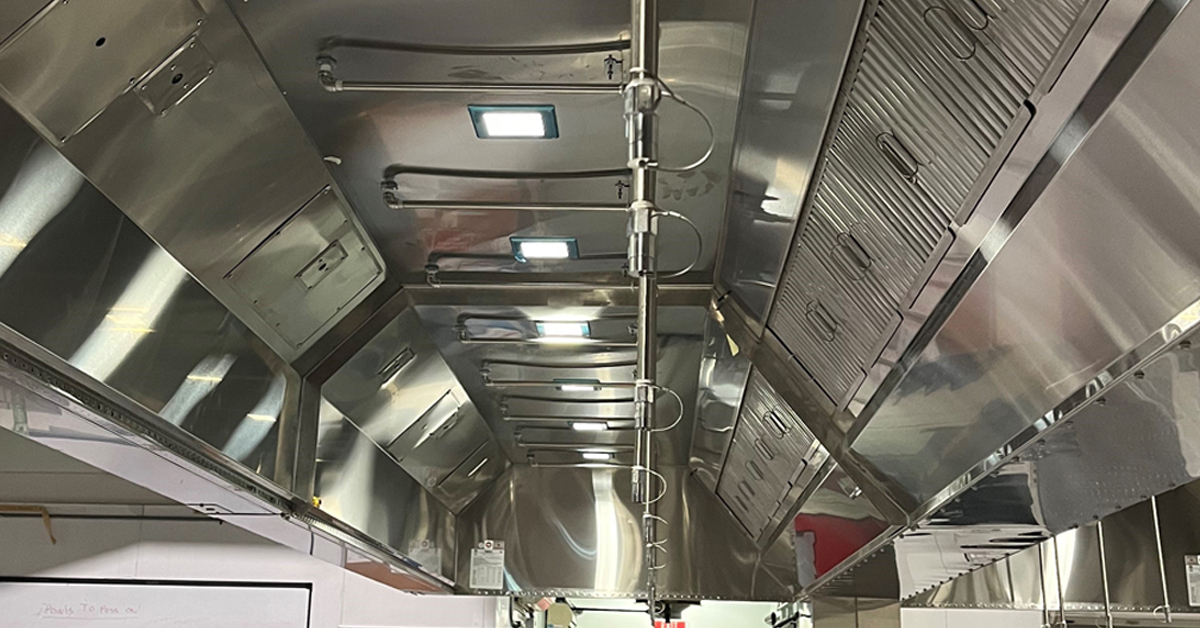
A Primer on Maintaining Your Commercial Kitchen Ventilation System
Proper maintenance of your kitchen ventilation system can sometimes be overlooked. Some requirements, such as duct cleaning, are code mandated, while others are discretionary. It is safe to say that maintenance is often viewed as an expense (from an accounting perspective, it is) but should be viewed as an investment in trouble-free operation. A commercial…
-
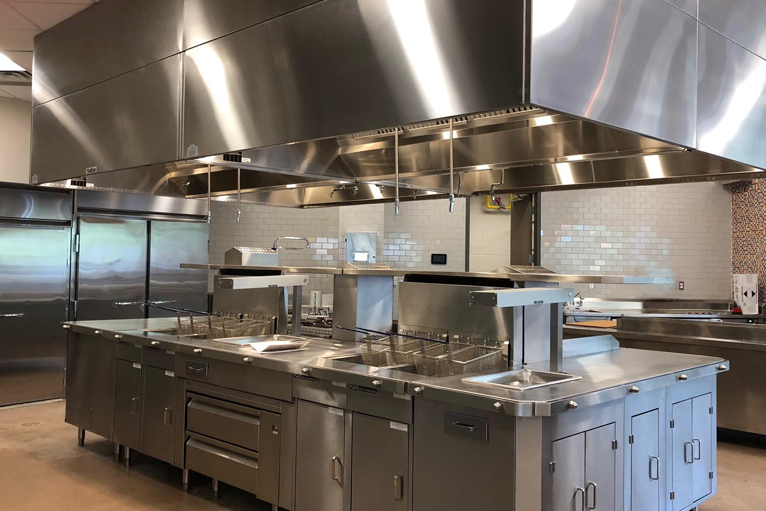
What does a sustainable commercial kitchen look like?
We often hear of the necessity of sustainability. When it comes to commercial kitchens, what does that look like in practice? In particular, commercial kitchens and ventilation are essential in maintaining a safe and healthy environment. Inherently, the kitchen ventilation system uses energy; how does one reduce that impact and move toward sustainability? Considering that…
-
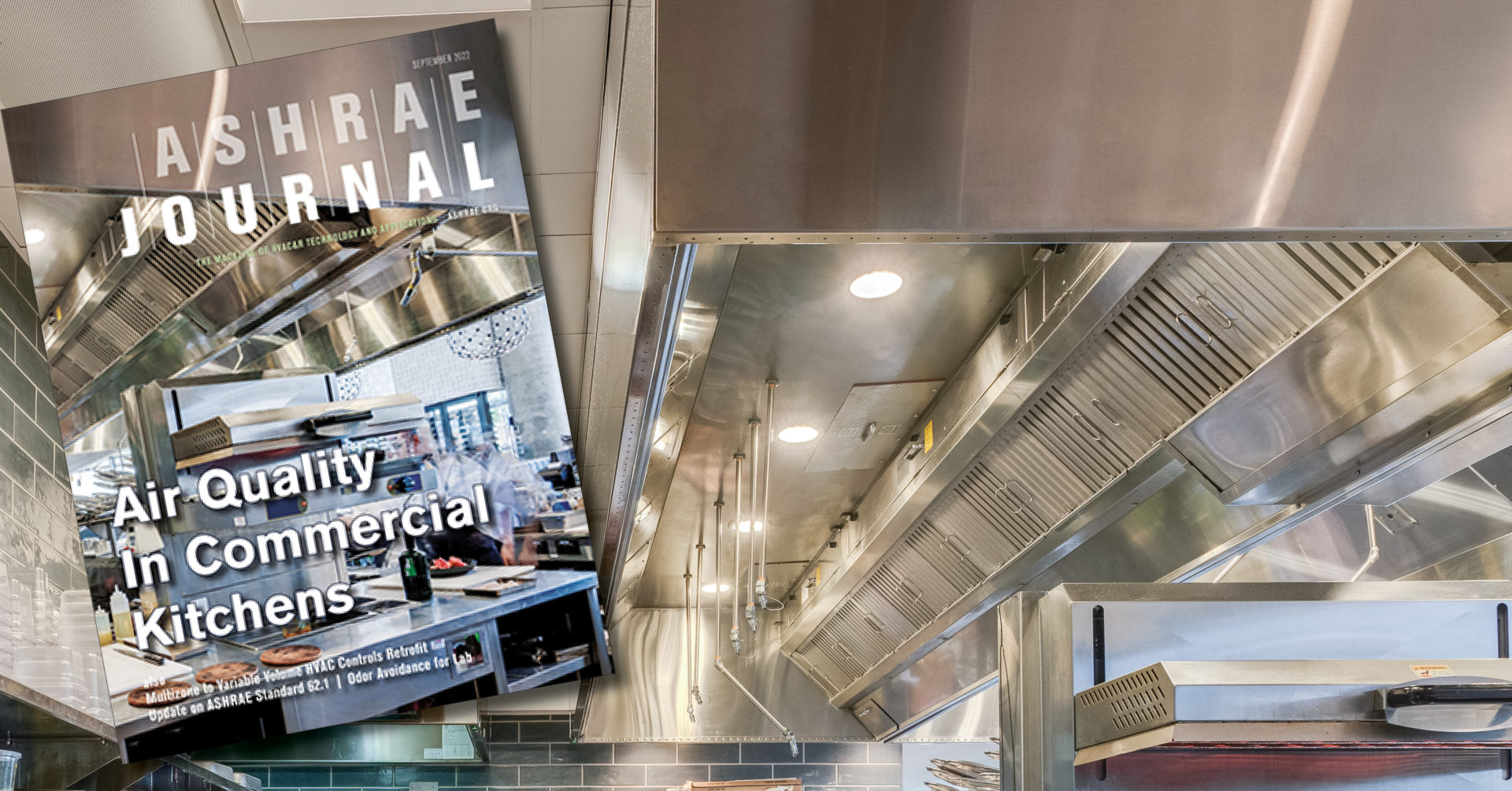
New Study Explores the Relationship between good Indoor Environmental Quality in Commercial Kitchens and Exhaust hood performance.
kitchenventilation.com has written multiple articles on understanding the importance of good indoor air quality in commercial kitchens and how IEQ sensors can improve indoor air quality (read the article). ASHRAE (American Society of Heating, Refrigeration and Air Conditioning Engineers) published a peer-reviewed study on the impact of PM2.5 (particulate matter 2.5 microns) on the Chef’s…
-
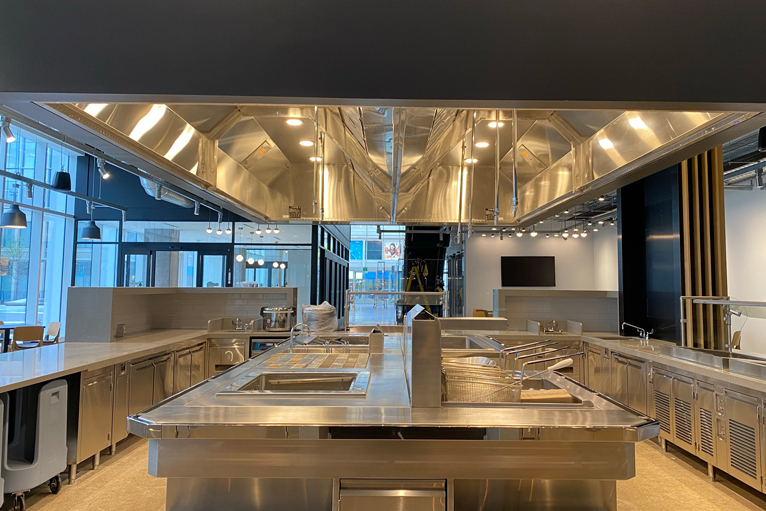
Demand Controlled Kitchen Ventilation Systems Sensors, how do they differ, and how are they the same?
An update on the technology used in Demand Controlled Kitchen Ventilation Systems. The introduction of thermal imaging sensors. The number and type of demand control systems for commercial kitchen ventilation systems have grown significantly in recent years. This can be attributed to several factors, principally the adherence to ASHRAE 90.1 ventilation standard. This is the…
